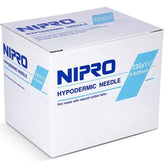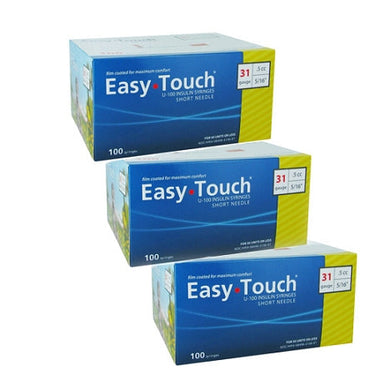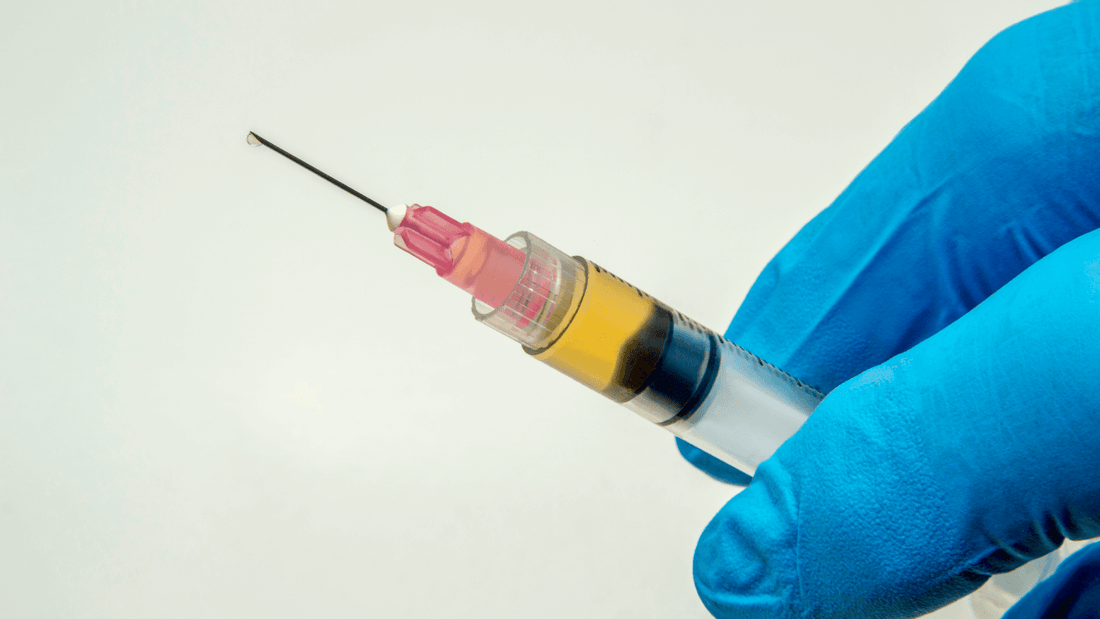Did you know that over 16 billion injections are administered worldwide every year? Behind each of these injections, there's an unsung hero: the syringe. This simple tool, a staple in healthcare settings, plays an integral role in disease prevention, diagnosis, and treatment.
The syringe, despite its simple design, serves a critical function in various medical and non-medical fields. To help you understand its importance, we will dissect its uses, delve into the different types available, and give you expert tips on how to choose the right one for your needs.
Understanding the Basics: What is a Syringe with a Needle Called?
When a syringe is equipped with a needle, it is simply referred to as a "syringe with a needle" or a "needle syringe". This tool is indispensable in healthcare, primarily used to inject medications directly into the body or draw fluids out.
The history of syringes can be traced back to the 9th century, with the invention of the hypodermic syringe by Irish physician Francis Rynd. The syringe has since undergone numerous enhancements to meet the evolving needs of medical science, but its fundamental role remains unchanged.
The Purpose Behind the Point: What is a Syringe Needle Used For?
Syringe needles serve a wide range of functions in medical and non-medical settings. In medicine, they are commonly used for injecting medication, vaccinations, and anesthesia. They also play a crucial role in withdrawing fluids such as blood samples for diagnostic purposes.
Beyond healthcare, syringe needles have found their place in various fields such as scientific research, where they assist in the accurate measurement and transfer of liquids. From a simple blood draw to the precise administration of life-saving drugs, the syringe needle has a wide range of uses that make it indispensable in our daily lives.
The Varieties of Tools: Overview of the 3 Types of Syringes
Syringes come in three main types: the hypodermic syringe, the insulin syringe, and the oral syringe. Each is uniquely designed to serve a specific purpose.
- Hypodermic syringes: Commonly used for injecting drugs and withdrawing fluids, their wide range of sizes makes them versatile for numerous medical procedures.
- Insulin syringes: Specifically designed for injecting insulin, these have very fine needles and a small capacity to deliver precise doses of the hormone.
- 3. Oral syringes: Lacking a needle, these syringes are used to administer liquid medicine orally, particularly for patients who cannot swallow pills.
Digging Deeper: A Closer Look at Two Specific Types of Syringes
Let's delve into the two most frequently used types: hypodermic and insulin syringes. Hypodermic syringes are known for their versatility. They come in various sizes and are equipped with detachable needles, making them adaptable for a variety of procedures, from injecting medications to withdrawing fluids.
On the other hand, insulin syringes are specialized tools. They are designed with very thin, short needles to minimize pain during self-injection. The barrel is marked in insulin units for accurate dosing, making it easy for diabetics to self-administer their insulin.
Most Common Choice: What is the Most Commonly Used Syringe?
The most commonly used syringe globally is the hypodermic syringe. Its versatility, availability, and ability to cater to a wide range of medical applications contribute to its universal use. Whether in a hospital, clinic, or even a household, it's likely you'll find a hypodermic syringe.
In fact, the hypodermic syringe's usage extends beyond healthcare. For example, in the field of molecular biology, these syringes are often used to measure and transfer precise volumes of liquid. This wide range of applications underlines the importance and prevalence of the hypodermic syringe.
Sizing Up: What is the Most Common Syringe Size?
Syringe size refers to the capacity of the syringe's barrel and is usually measured in milliliters (ml) or cubic centimeters (cc). The most common syringe size is 3ml, often used for injections, vaccinations, and drawing blood samples.
This size offers a balance between the volume of medication that can be held and the ease of handling, making it an excellent choice for a wide range of applications. From administering vaccinations to drawing blood samples, the 3ml syringe's adaptability makes it a staple in many medical settings.
Tailoring the Tool: How to Choose a Syringe Size?
Choosing the correct syringe size depends on two main factors: the volume of medication to be administered and the route of administration. For small, precise doses, choose a small-capacity syringe. For intramuscular injections, a larger syringe may be required.
Remember, the goal is to ensure that the medication is delivered accurately and comfortably. When in doubt, always consult with a healthcare professional to choose the most appropriate syringe size.






